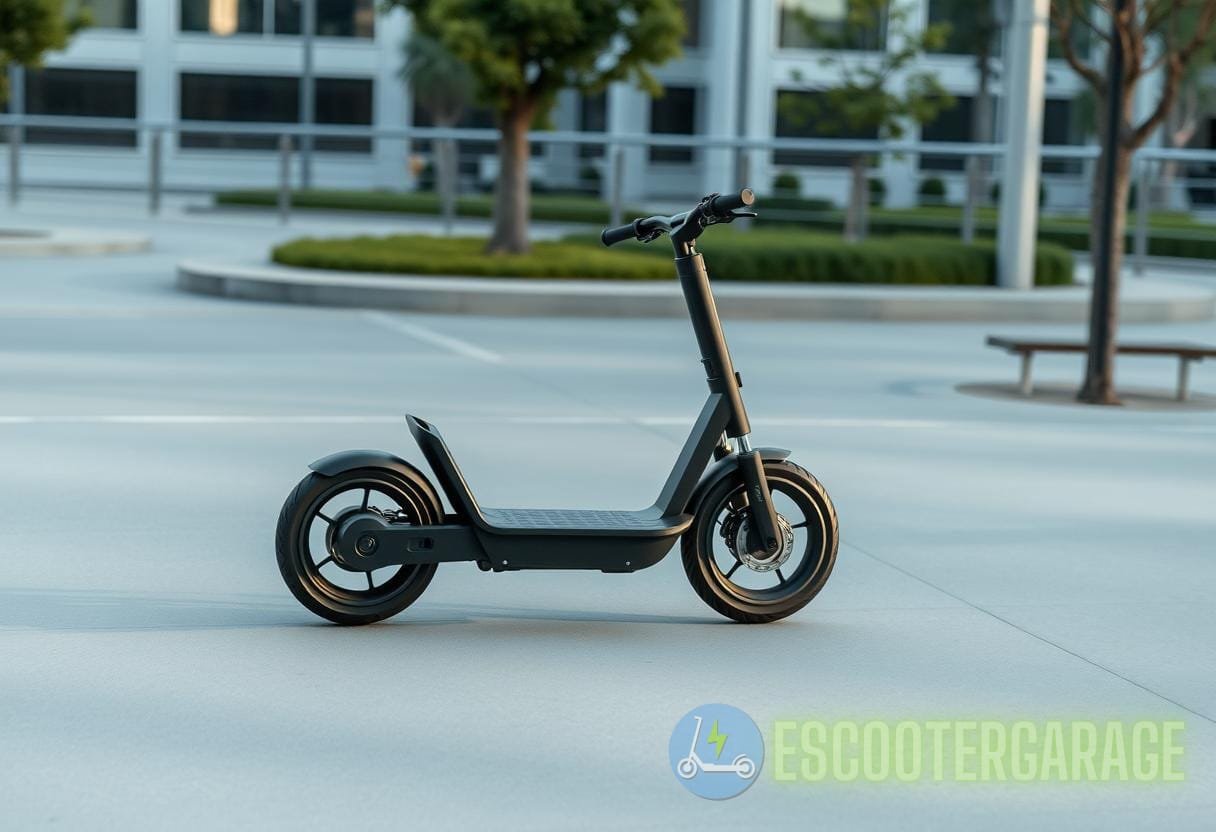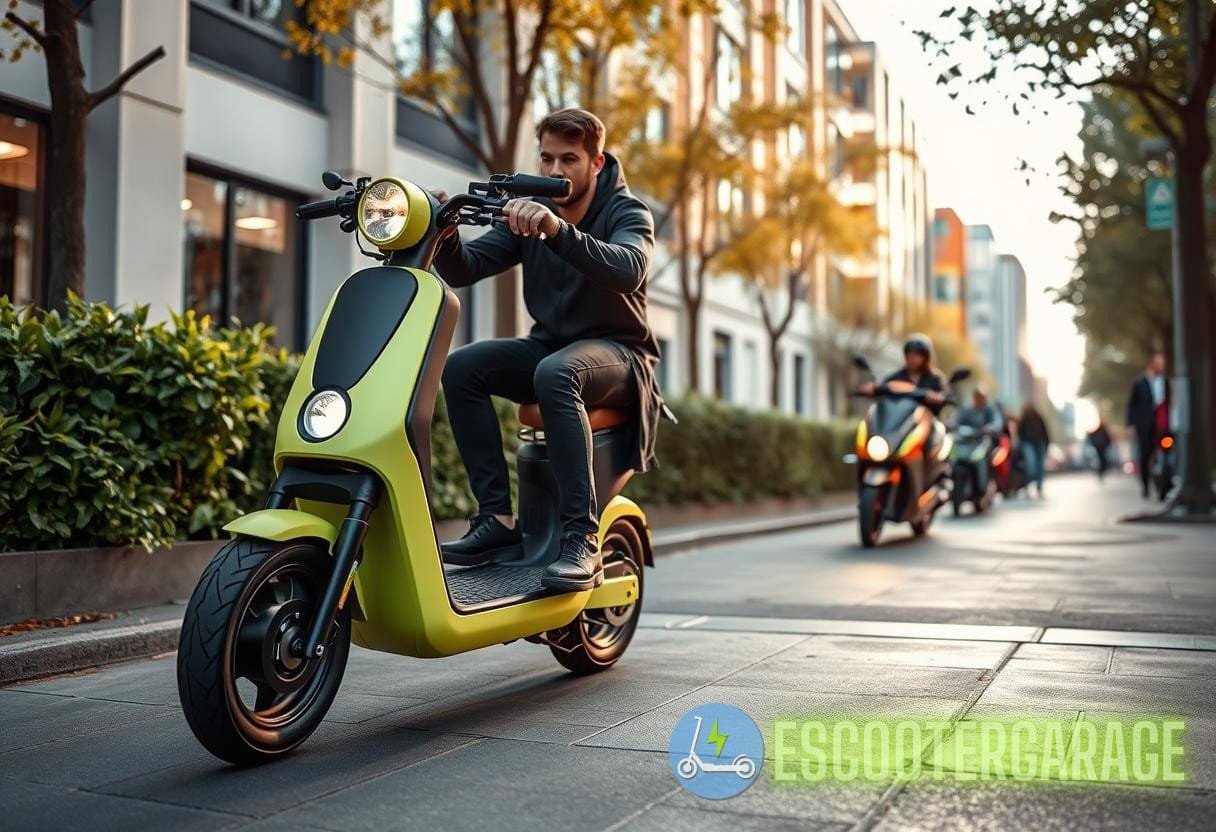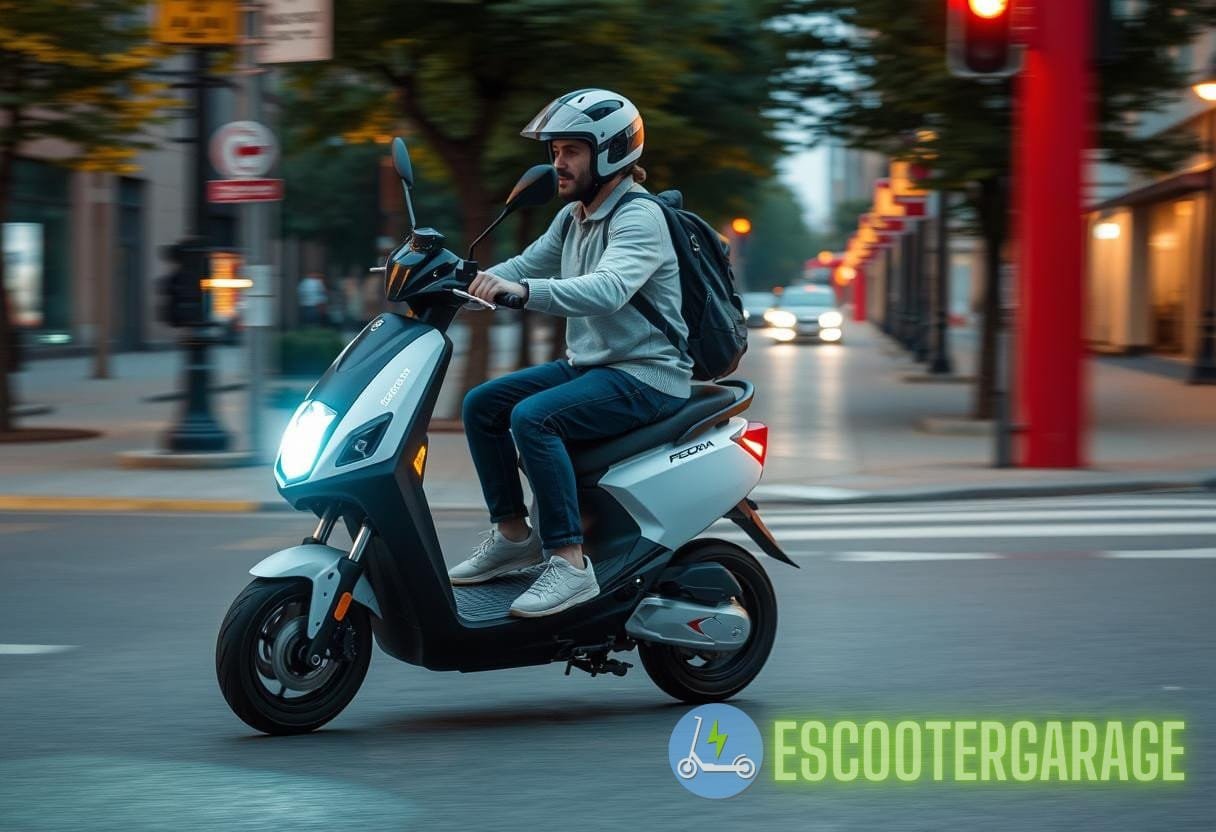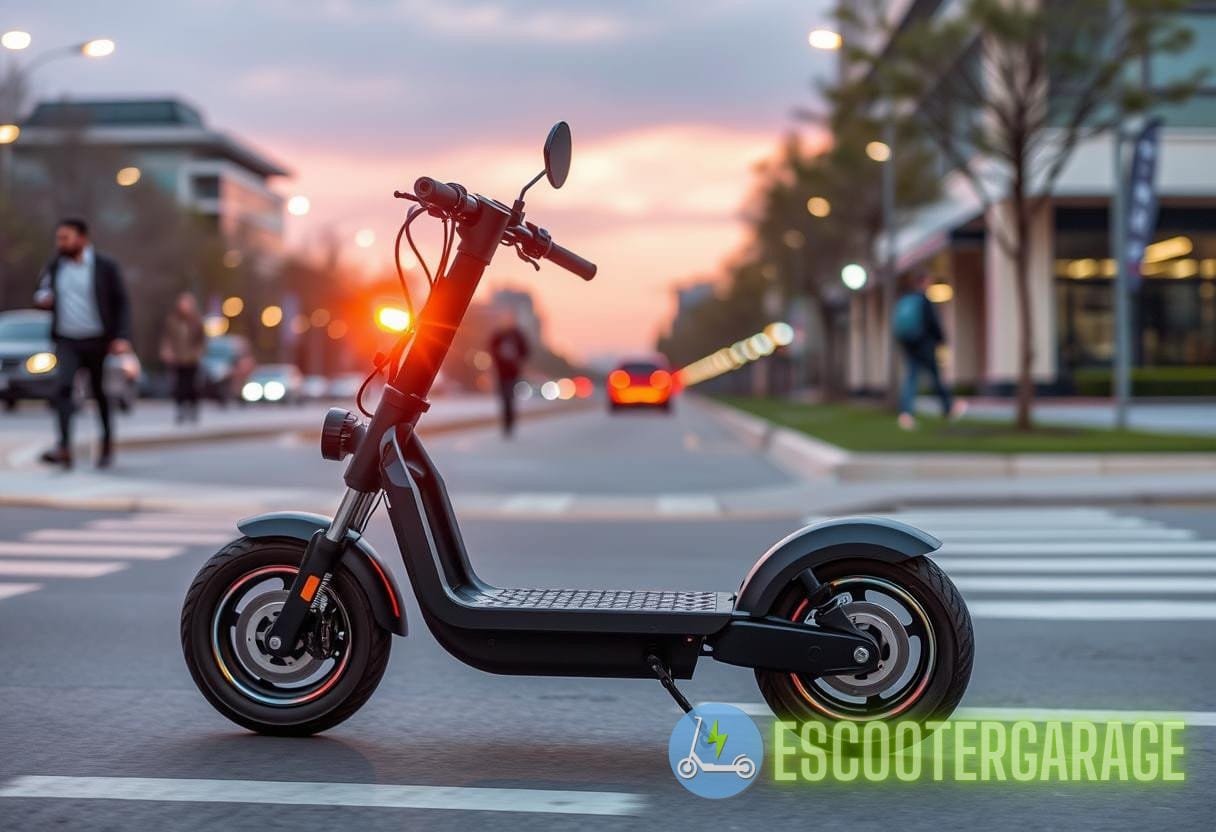Revolutionizing eScooter Design: The Impact of Smart Materials on Performance and Sustainability
The rapid evolution of urban mobility is significantly transforming the landscape of personal transportation, with eScooters leading the charge toward a greener future. At the forefront of this transformation is the innovative realm of smart material scooters, which integrate advanced materials to enhance performance, longevity, and sustainability. These cutting-edge materials not only improve the functionality of eScooters but also greatly minimize their environmental footprint.
Understanding Smart Materials
Smart materials are defined as those that can respond dynamically to external stimuli, such as temperature, humidity, or electric fields. This distinctive property allows them to change their shape, stiffness, strength, and other characteristics in real-time. The versatility of smart materials encompasses a wide range of applications, including aerospace, automotive, and now, personal mobility devices. Here are common types of smart materials utilized in eScooter designs:
- Sensors: Embedded sensors can monitor conditions such as temperature and humidity or track usage patterns, enhancing performance and user experience.
- Shape Memory Alloys (SMAs): These metals can return to their original shape after deformation, making them ideal for components that require flexibility and adaptability, enhancing durability.
- Conductive Polymers: These materials conduct electricity while being lightweight—a critical component for various electronic systems in eScooters.
- Phase Change Materials (PCMs): These materials absorb, store, and release thermal energy, improving battery performance and lifespan during operation.
Performance Upgrades with Smart Materials
Integrating smart materials into eScooter design can significantly elevate performance in a number of ways. Performance upgrades that utilize smart materials are reshaping how we perceive personal electric mobility. Here is a closer look at these upgrades:
1. Improved Structural Integrity
Traditional eScooter frames made from aluminum or plastic may suffer from strain and fracture. By incorporating smart materials like carbon-fiber composites and SMAs, manufacturers can create frames that are not only lightweight but also exceptionally strong. For instance, studies show that carbon fiber composites can be up to five times stronger than steel while being significantly lighter, thus contributing to better range and efficiency.
2. Enhanced Battery Efficiency
Battery technology serves as the cornerstone of eScooter performance. Smart materials such as PCMs can help maintain optimal temperatures for batteries, which can significantly enhance efficiency and lifespan. According to research from the National Renewable Energy Laboratory, regulating battery temperature using PCMs can yield efficiency improvements of up to 30% under extreme conditions. This not only augments the vehicle’s performance but also reduces the frequency of charge cycles, extending the lifespan of its components.
3. Weight Reduction
Smart materials contribute to substantial weight reductions without compromising quality and performance. Lighter eScooters promote better acceleration, handling, and overall agility—key factors that can lead to improved safety and user experience. E-scooters that incorporate intelligent materials have been shown to reduce weight by nearly 20% without sacrificing structural integrity.
Sustainability: The Greener Side of Smart Material Scooters
In a world increasingly concerned with sustainability, the role of smart materials in reducing waste and energy consumption becomes paramount. Through various processes and lifecycle assessments, it’s evident that these materials can notably decrease the environmental impact of eScooter production and usage.
1. Efficiency in Manufacturing
One significant sustainability advantage of smart materials is their ability to minimize waste during the manufacturing process. Advanced production techniques associated with these materials often lead to more efficient designs and reduced resource consumption. For example, 3D printing technologies using smart materials can create components with little waste, enabling manufacturers to produce only what’s necessary, thus conserving materials.
2. Longer Lifespan
Smart materials significantly enhance the durability of eScooters, which translates into longer product lifespans. This longevity reduces the need for frequent replacements, thereby minimizing waste. According to a report from the Environmental Protection Agency, extending the lifespan of products by just one year can result in a substantial reduction in greenhouse emissions throughout their lifecycle.
3. End-of-Life Flexibility

Many smart materials are also designed to be more environmentally friendly at the end of their lifecycle. For instance, a number of advanced polymers and composites can be recycled or repurposed after their use, which helps divert waste from landfills. This adaptability makes smart material scooters not only efficient but also a more responsible choice for environmentally conscious consumers.
Case Studies of Smart Material Scooters
Several companies are leading the way in the integration of smart materials into eScooter designs. These real-world applications highlight the benefits discussed above:
1. Xiaomi’s Mi Electric Scooter Pro
Xiaomi’s Mi Electric Scooter Pro incorporates an aluminum alloy frame combined with high-strength polymer components that create a robust yet lightweight design. This synergy of materials not only enhances performance but also makes it suitable for a wide range of riders. According to user feedback, the experience of riding the scooter is notably smooth, with many citing that the weight reduction has made a significant difference in handling.
2. Segway-Ninebot MAX
The Segway-Ninebot MAX employs a range of smart materials that greatly improve battery performance and ride quality. With its smart battery management system, it utilizes sensors and algorithms to monitor battery health continuously. Users report an increase in riding distance of up to 40%, a significant improvement attributed to the effective use of smart materials.
Challenges and Considerations for Smart Material Implementation
Despite the significant advantages of smart materials, challenges remain in their widespread adoption within eScooter designs. Key issues include:
1. Cost Implications
Smart materials often come at a higher initial cost due to advanced manufacturing processes and raw material expenses. For manufacturers, balancing cost versus performance and sustainability remains a crucial challenge. However, as technology advances and economies of scale begin to set in, prices are likely to decline significantly.
2. Skill and Knowledge Gap
The integration of smart materials requires specialized knowledge and skills in both engineering and design. Many traditional manufacturers may not yet be equipped to handle the complexities associated with these advanced materials. Consequently, fostering a culture of innovation and training is vital to address these gaps.
3. Regulatory Standards
As smart material scooters gain popularity, regulatory frameworks must evolve to keep pace. Ensuring safety and performance standards are met will be crucial as these innovative materials become integrated into eScooter designs. Industry stakeholders must work collaboratively with regulators to establish comprehensive guidelines that address safety, sustainability, and performance without stifling innovation.
The Future of Smart Material Scooters
The future of smart materials in eScooter design looks promising, with continued research and development focusing on enhancing material properties and functionalities. Future advancements may include innovations such as self-healing materials, which can repair damage autonomously, or adaptive camouflage materials that adjust to environmental conditions.
Furthermore, as urban areas increasingly adopt sustainable transportation solutions, the demand for smart material scooters is likely to rise. Industry surveys indicated that nearly 63% of consumers are willing to pay more for eco-friendly vehicles, setting the stage for further advancements in this sector. Companies integrating smart materials effectively into their eScooter offerings will stand to gain a competitive edge in an ever-evolving marketplace.
Conclusion
The integration of smart materials into the design of eScooters is not merely a trend but a revolution that combines performance, efficiency, and sustainability. This allows for a new generation of vehicles that address critical urban transportation challenges while minimizing their environmental impact. From enhanced battery efficiency to reduced production waste and lifecycle impacts, smart material scooters present a comprehensive strategy for advancing personal mobility solutions in a sustainable manner.
For more information on how to optimize eScooter performance, check out our guides on performance upgrades and sustainability in transportation.



